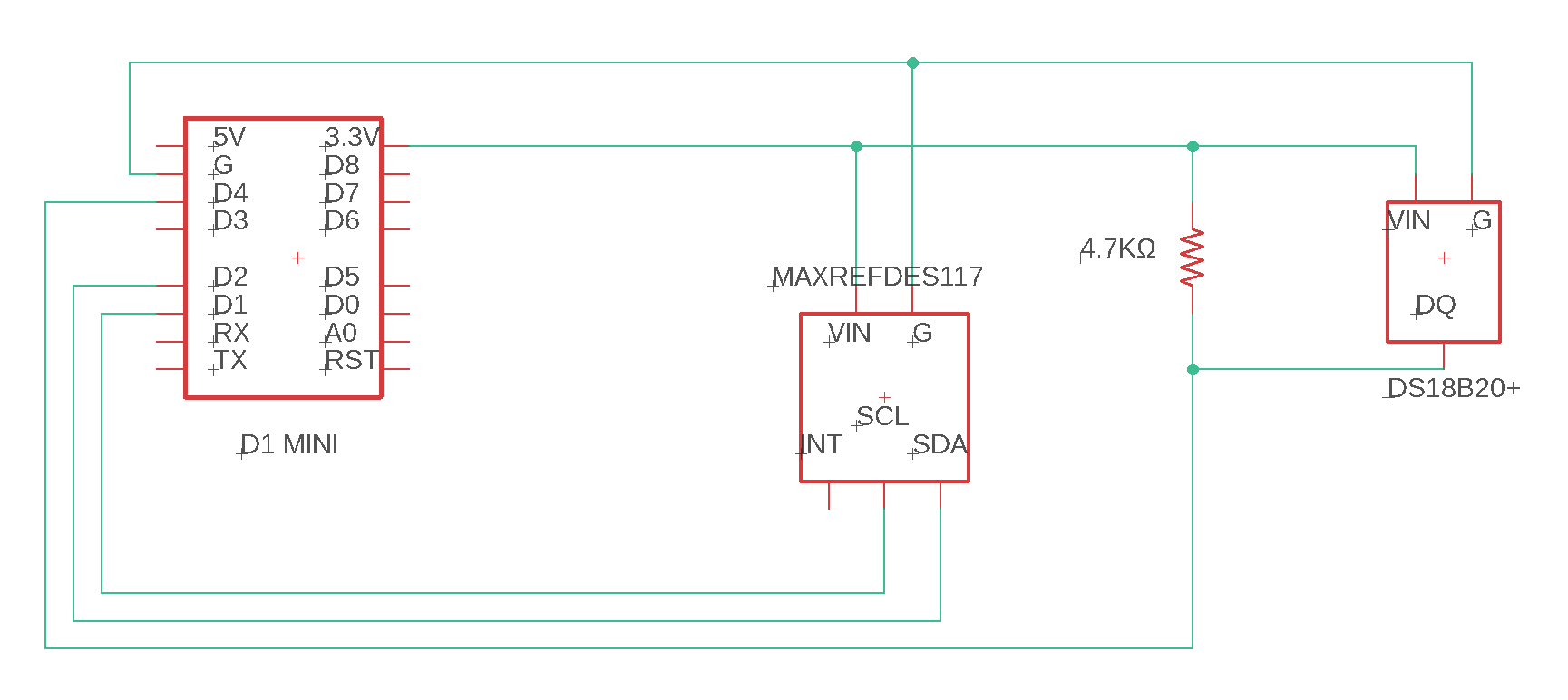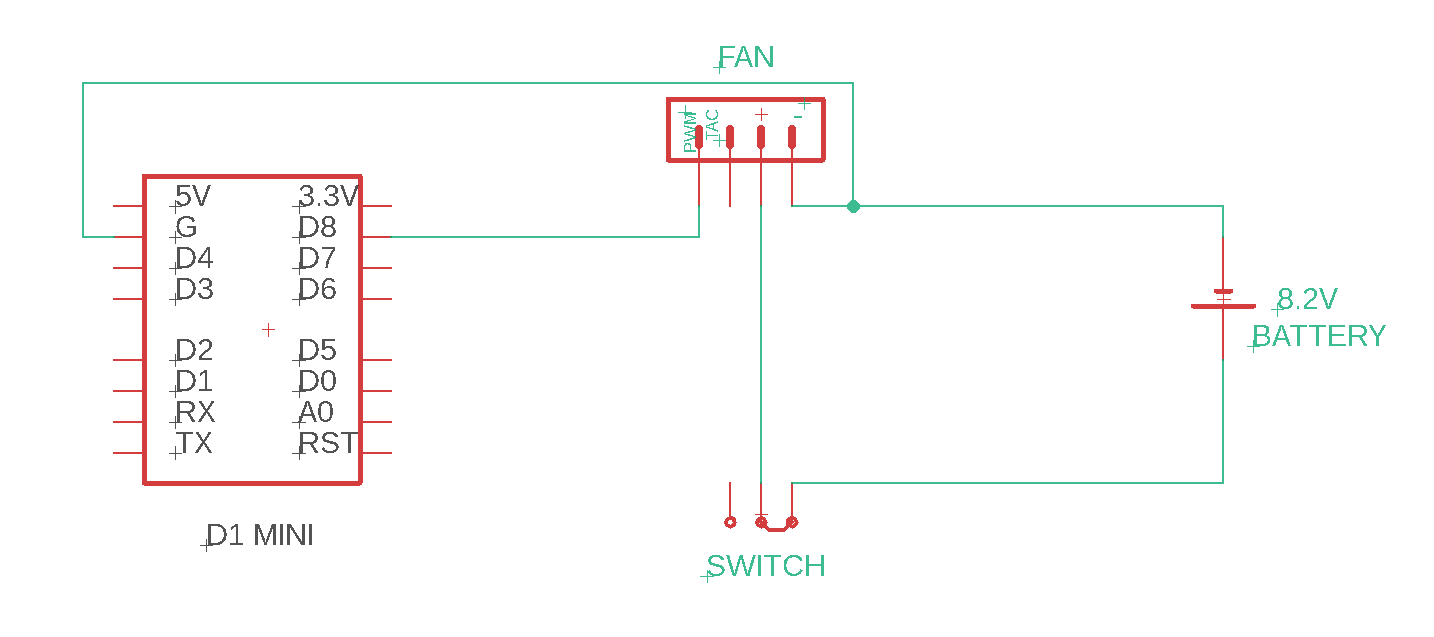With age comes wisdom... then there's the aches and pains. One of theses annoyances is the inability to get a good night's sleep. Insufficient or poor-quality sleep can affect the consolidation of memory (amongst other cognitive functions), deter the body's recovery processes, and have a negative effect on mood (Killgore, 2010). During menopause, sleep can be significantly disrupted by incidences of nighttime hot flashes, also known as menopause-related night sweats.
In fact, hot flashes are thought to be the most common symptom of the menopausal transition. They can vary in intensity, frequency, and duration. A study following 3302 women transitioning into menopause from February 1996 to April 2013 found that the majority of women experienced hot flashes for more than four years, with the longest duration being approximately 12 years (Avis et al., 2015). Given this, nighttime hot flashes may cause long-term sleep disruptions (Mayo Clinic, 2020). Furthermore, the duration of hot flash episodes could vary from seconds to exceeding ten minutes.
Perhaps kicking off the sheets isn't sufficient or wearing multiple layers to subsequently remove them is downright inconvenient. In addition, at a glance of the market, there are various wearable temperature sensors and cooling devices however, these have not reached mass success. Crudely, either the cooling mechanisms were ineffective or compliance was low due simply to the aesthetics of the product (ex. too bulky, unappealing) (Wark, Henningham, Gorelik, Jayasinghe, Hartley, & Garland, 2015). If women are going to brave through menopause, they deserve an effective product and to look great while using it!
Our solution aims to provide reliable and convenient relief for nighttime hot flashes. It centres around a minimal sensor bracelet which monitors temperature (degrees Celsius) and heart rate (beats per minute, BPM) at minute and second intervals, respectively. The data is received by a microcontroller and ultimately connected to a smart fan, air conditioning system, or smart home devices (ie. Google Home, Amazon's Alexa). A hot flash will be detected as a spike, which is first indicated by heart rate elevation and secondarily by a raised temperature. In response to a spike, the connected cooling device, in the case of our demonstration - a fan, will blow cool air until one's temperature stabilizes or until user demand.
By ensuring our body's natural cooler temperatures during sleep, we hope to help women (1) conveniently tackle nighttime hot flashes and (2) maintain the aforementioned the benefits of a good night's rest. Although our prototype utilizes a basic fan, we have designed our product with the hopes of convenient integration into the many homes which already have smart technology-controlled cooling systems and devices. We have had the pleasure of innovating while keeping our loved ones in mind and hope to reach other women in the world who deserve their beauty sleep!
Makings of the ProjectCreating the server and database
Our solution to handling multiple devices interacting with our bracelet was registering them on a restful API server that stores information in a database about each device. The bracelet can then modify the different states of these devices through the restful API server (ex. fan speed level or light intensity). An API list can be found at our Github (found in Attachments).
Server Stack
A node.js server is deployed on the Google Kubernetes Engine (GKE) to allow auto-scaling based on request load. The server is sending all data to a mongoDB instance. Feel free to use our currently running server at http://34.66.131.1. Otherwise, the server in its current state is deployable; feel free to launch it where you please. You can run the command "node index.js" or build the server into a docker container.
Designing the deviceSensors
Our first goal in designing this device was understanding a detection method of hot flashes. From our research, we came to the conclusion that hot flashes encompassed an increase in body temperature accompanied by fluctuations in heart rate. Generally, we found that the intensity of these spikes varied amongst women, dependent on their basal temperature and resting heart rate. With body temperature being the most significant detector, a precise temperature sensor was necessary. The DS18B20 digital temperature sensor provides good accuracy with a very high resolution (can be adjusted to incremental detections of 0.5°C, 0.25°C, 0.125°C, or 0.0625°C). As for the heart rate, we used the MAXREFDES117# heart rate & oximetry sensor for its compact size.
We hand-sewed both sensors to an elastic fabric band for a more comfortable wear. In line with keeping the bracelet as wearable and minimal as possible, we ultimately decided to have the cooling mechanism exterior to the bracelet. We found a commonality amongst other cooling wearables to be a peltier plate. While it can provide short cooling relief, there is the worry of heat bleed without proper heat dispersion. In addition, products which account for this tend to be bulky (ie. inclusion of heat sinks or fans).
Microcontroller (MC)
The ESP8266 module was a great fit for our project with its small form factor, WIFI capabilities and low cost.
HowItWorks(with Fan Set Up)
Our bracelet runs in a loop monitoring heart rate continuously and checking temperature every minute. The averages of both are stored in arrays; only the last 15 entries are saved to improve accuracy of detection. If heart rate is detected to be elevated by 15 beats, the bracelet will take a temperature reading instantaneously. If a difference in temperature is detected by 0.5°C, the bracelet will take another reading after 20 seconds to prevent false positives. Another indication of temperature deviation at this step will cause a message to be sent to the server to turn on the registered IoT device. When the temperature returns to the basal average, another message will be sent to power/turn down the associated registered IoT device(s).
To give more control and flexibility, we've linked our server to the webhooks applet in IFTTT. This gives the user the ability to control any of the devices connected to the server through a service available on IFTTT.
Testing/DemonstrationNext StepsWe believe future iterations of Br(easy) could benefit from a mobile application which monitors hot flash patterns, such as durations, frequency, temperature and heart rate deviation, to better inform the user of their symptoms. As aforementioned, hot flashes, while a common symptom of menopause, are also extremely variant amongst women in these aspects. Better tracker may allow the user to make better-informed health decisions.
References:Avis, N. E., Crawford, S. L., Greendale, G., Bromberger, J. T., Everson-Rose, S. A.,... Thurston, R. C. (2015). Duration of menopausal vasomotor symptoms over the menopause transition. JAMA Internal Medicine, 175(4), 53`-539.
Killgore, W. D. S. (2010). Effects of sleep deprivation on cognition. Progressin Brain Research, 185, 105-129.
Mayo Clinic. (2020). Hot flashes. Retrieved from: https://www.mayoclinic.org/diseases-conditions/hot-flashes/symptoms-causes/syc-20352790
Wark, J. D., Henningham, L., Gorelik, A., Jayasinghe, Y., Hartley, S., & Garland, S. M. (2015). Basal temperature measurement using a multi-sensor armband in Australian young women: A comparative observational study. JMIR Mhealth UHealth, 3(4), e94.


























_1x_bGT19vVAby.png?auto=compress%2Cformat&w=40&h=40&fit=fillmax&bg=fff&dpr=2)


Comments
Please log in or sign up to comment.